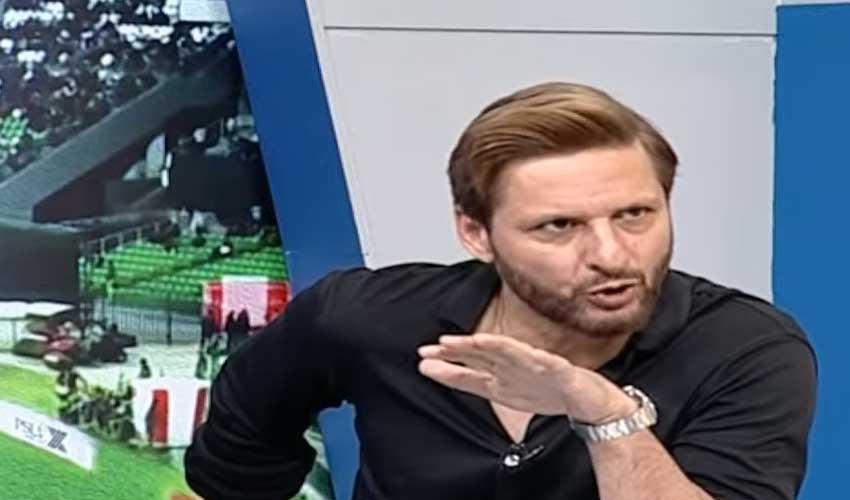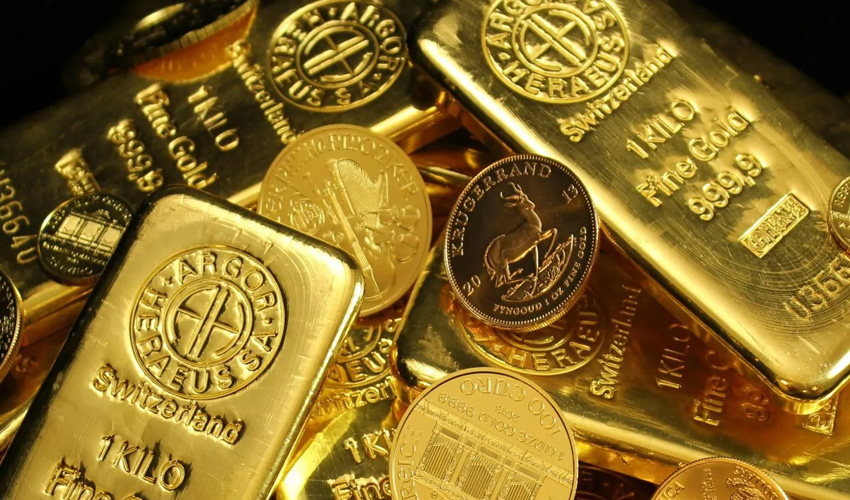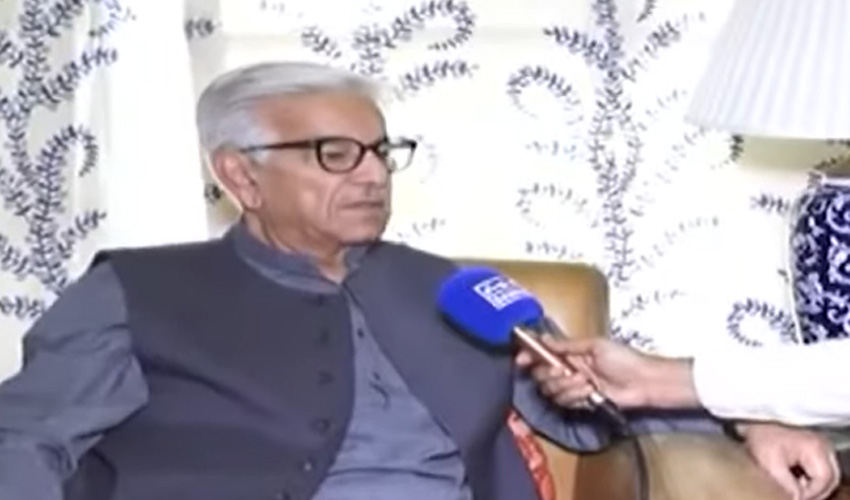Pope Francis' wooden coffin was carried into St. Peter's Square on Saturday at the start of a funeral Mass attended by a multitude of mourners, including powerful world leaders, clerics and pilgrims.
Applause rang out as the coffin, inlaid with a large cross, was brought out of St. Peter's Basilica and into the sun-filled square by 14 white-gloved pallbearers.
Bells tolled as the last of leaders from more than 150 countries took their places. Dignitaries included U.S. President Donald Trump, who clashed with Francis on numerous occasions over their starkly contrasting positions on immigration.

The open-air ceremony, which will be celebrated by 220 cardinals, 750 bishops and more than 4,000 other priests, was due to last 90 minutes. The Vatican says around 200,000 have turned out for the funeral in St. Peter's Square and the surrounding streets.
Massed ranks of red-robed cardinals sat to one side of the altar, facing rows of black-suited world leaders on the other side. In front of them were hundreds of priests in white vestments and then thousands of ordinary mourners.
The faithful hurried to the Vatican from the early hours while many camped out to try and secure spots at the front of the crowd for the ceremony.


"We want to say goodbye because he (was a) living saint, very humble and simple," said Mary James, a Franciscan nun, who had stayed up overnight to guarantee a good place.
The Argentine pope died on Monday, aged 88, following a stroke. His death ushered in a meticulously planned period of transition for the 1.4-billion member Roman Catholic Church, marked by ancient ritual, pomp and mourning.
Over the past three days, around 250,000 people filed past his body, which was laid out in an open coffin before the altar of the cavernous, 16th-century St. Peter's Basilica.
Before taking their seats, Trump and his wife Melania paid their respects to Francis' coffin in St. Peter's Basilica. The coffin was sealed shut on Friday night.
Among the other heads of state who flew into Rome were the presidents of Argentina, France, Gabon, Germany, the Philippines and Poland, together with the prime ministers of Britain and New Zealand, and many European royals. Among other prominent figures at the Vatican's St Peter's Square on Saturday morning are Prince William, former US president predecessor Joe Biden, Britain's Prime Minister Sir Keir Starmer and French President Emmanuel Macron.



Other political figures and royals attending the Pope's funeral include:
- Poland President Andrzej Duda
- Javier Milei, the president of Argentina, Pope Francis's home country
- Italy Prime Minister Giorgia Meloni and President Sergio Mattarella
- Dominican Republic President Luis Abinader
- Belgium King Philippe and Queen Mathilde
- German President Frank-Walter Steinmeier
- Croatia President Zoran Milanovic
- Ecuador President Daniel Noboa
- Ireland Taoiseach (prime minister) Micheál Martin
- Moldova President Maia Sandu
- Latvia President Edgars Rinkevics
- New Zealand Prime Minister Christopher Luxon
- Sweden King Carl XVI Gustaf and Queen Silvia
- UN Secretary General Antonio Guterres
- Queen Mary of Denmark
- China Vice President Chen Chin-Jen
- Jordan King Abdullah II and Queen Rania
- Monaco Prince Albert and Princess Charlene
- Hungary President Tamas Sulyok and Prime Minister Viktor Orban
- European Council President Antonio Costa
- President of the European Parliament Roberta Metsola
Trump-Zelenskiy meeting
Applause rang out in the square when Ukraine's President Volodymyr Zelenskiy appeared. Zelenskiy met Trump while both were in Rome, a spokesman for the Ukrainian leader said, but gave no details.
"You can feel a lot of energy, yes, a little bit of despair because we are tired, but ultimately we want to come and say 'thank you', thanks to Pope Francis for all he did for his church," said Eduardo Valencia, visiting from Mexico.
The first non-European pope for almost 13 centuries, Francis battled to reshape the Roman Catholic Church during his 12-year reign, siding with the poor and marginalised, while challenging wealthy nations to help migrants and reverse climate change.
"Francis left everyone a wonderful testimony of humanity, of a holy life and of universal fatherhood," said a formal summary of his papacy, written in Latin, and placed next to his body.
Traditionalists pushed back at his efforts to make the Church more transparent, while his pleas for an end to conflict, divisions and rampant capitalism often fell on deaf ears.
Break with tradition
The pope shunned much of the pomp and privilege usually associated with the papacy and will carry that desire for greater simplicity into his funeral, having rewritten the elaborate, book-long funeral rites used previously.
Francis also opted to forego a centuries-old practice of burying popes in three interlocking caskets made of cypress, lead and oak. Instead, he has been placed in a single, zinc-lined wooden coffin, which was sealed closed overnight.
In a further break with tradition, he will be the first pope to be buried outside the Vatican in more than a century, preferring Rome's Basilica of St. Mary Major, some 5.5 kilometres (3.4 miles) from St. Peter's, as his final resting place.
His tomb has just "Franciscus", his name in Latin, inscribed on the top. A reproduction of the simple, iron-plated cross he used to wear around his neck hangs above the marble slab.
His funeral motorcade will drive him through the city for one last time, allowing Romans to say farewell.
Italy has mounted one of the biggest security operations the country has seen since the funeral of John Paul II. It has closed the airspace over the city and called in extra security forces, with anti-aircraft missiles and patrol boats guarding the event.
As soon as Francis is buried, attention will switch to who might succeed him.
The secretive conclave to elect a successor is unlikely to begin before May 6, and might not start for several days after that, giving cardinals time to hold regular meetings beforehand to sum each other up and assess the state of the Church, beset by financial problems and ideological divisions.



























